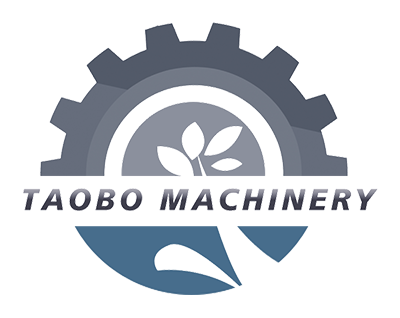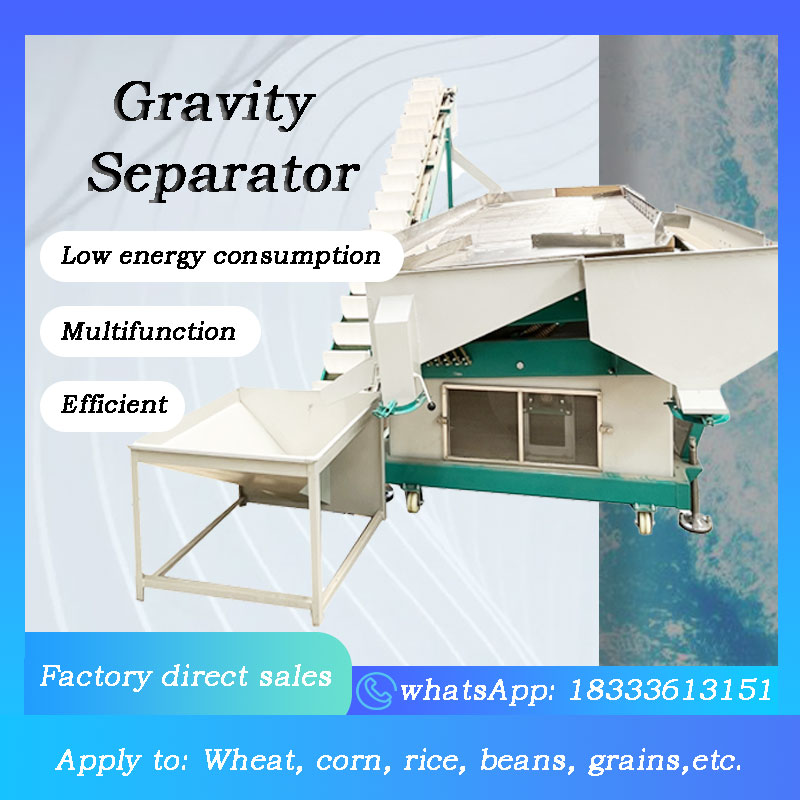The pycnometer is an important equipment for the production and processing of seeds, agricultural and sideline foods. It can be used for the production and processing of a variety of dry granular materials, making full use of the overall effect of cyclone and vibration friction on the materials. The vibration sliding friction moves to high altitude, and the materials with small proportion float on the surface of the material layer, and flow into the lower place by the function of gas, thereby achieving the purpose of separation in proportion.
The basic principle of proportional shrinkage under the bidirectional effects of vibration and sliding friction. By adjusting performance parameters such as air pressure and amplitude, a larger proportion of material will sink to the bottom and move towards the surface of the display from low to high. Materials with smaller proportions are floated on the surface in a movement from high to low, thereby achieving the purpose of separating proportions. It can also effectively remove light weight residues such as corn seeds, sprout seeds, wood borer grains, moldy grains and downy mildew grains. Improve the output of grain crops on the side and increase grain production; at the same time, the upper end of the vibration platform of the material sorting machine is equipped with a stone removal slope, which can separate the sand and gravel in the material.
The operating instructions are as follows:
Before starting, it is necessary to fully check the specific gravity machine, such as whether the tank pressure door and the straw regulating damper can rotate flexibly, and whether the reverse adjustment version is convenient for adjustment. During operation, the intake valve must be closed first. After the fan is running, slowly open the air inlet valve and gradually feed the paper at the same time.
1. Adjust the main partition so that the material covers the second layer and moves in a wavy boiling state.
2. Adjust the backflush door at the entrance and exit of the stone to control the backflush, so that there is a clear boundary between the stone and the material (the size of the stone is generally about 5cm), the stone is regular, and the grain composition in the stone meets the regulations, that is Under normal operating conditions, the backflush cylinder should be approximately 15-20cm away from the surface of the stainless steel screen.
3. Adjust the filling gas according to the boiling condition of the material.
4. When stopping, first stop feeding, then stop, and turn off the fan to prevent materials from settling on the screen surface and causing blockage of the screen surface, thus interfering with normal work. .
5. Clean the sieve surface of the pycnometer on a regular basis to prevent clogging of the sieve holes of the pycnometer, and regularly maintain the damage to the sieve surface. If the damage is large, the surface of the stainless steel screen should be replaced immediately to avoid affecting the stone removal effect.
Post time: Nov-06-2023








